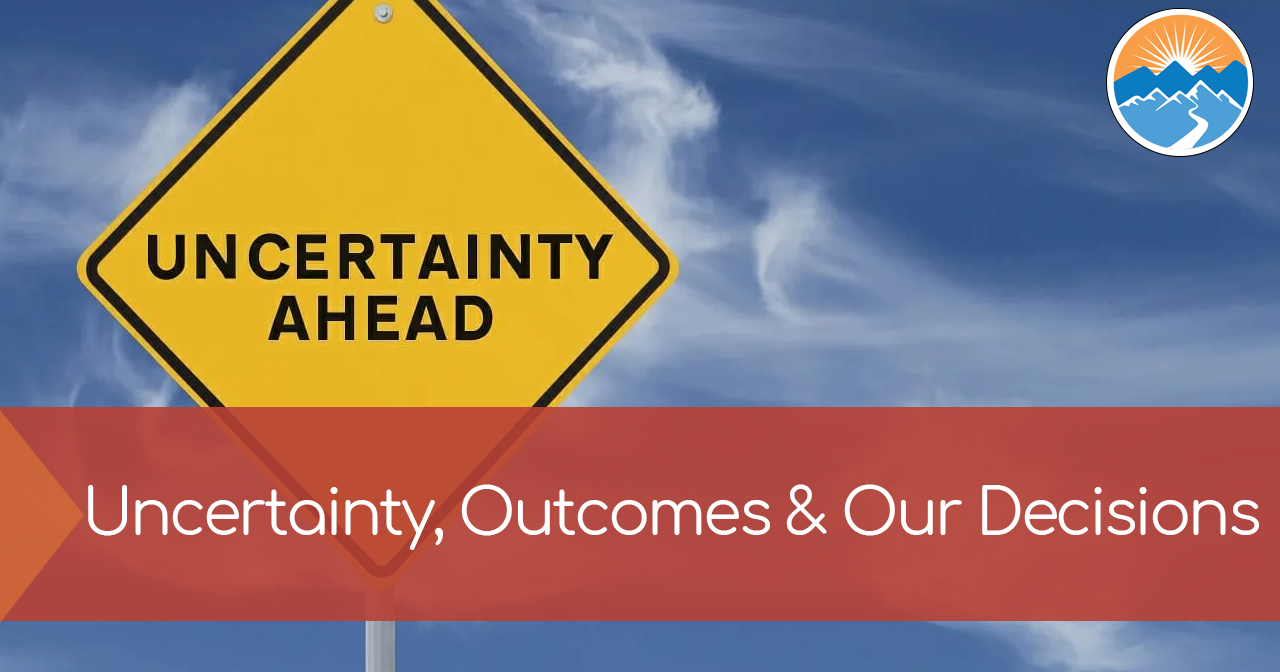The brain has a lot of gray matter but hates gray areas. It’s a finely tuned planning machine, constantly craving certainty to chart the best path forward. And when we’re left hanging without the facts, we get agitated. Perhaps you’ve found yourself thinking, “I don’t care if the news is good or bad, just tell me what it is. Not knowing is the worst!”
Probability Problem
Whenever uncertainty creeps in (almost always), we’re forced to crunch numbers and analyze probabilities. It’s like diving into a mathematical maze, and let’s be real, it’s not everyone’s cup of tea. Instead, we often opt for the simpler route, trying to streamline those probabilities whenever we can.
For example, we all want to know what is going to happen in the markets. In the face of uncertainty, we seek out some degree of certainty – even an illusion of certainty. We’re attracted to forecasters and market experts who will tell us what is going to happen. And we can confuse their popularity and confidence with their ability to predict the future.
Investing Takeaway
The truth is we can think of a lot of things that have occurred that cause investors and “experts” alike to scratch their heads. Surprises and uncertainty are just about the only certainty in the financial markets.
While we can’t control the markets or the economy, we can control how we respond…the choices we make. A Financial Plan provides guidance and structure. It needs to be coupled with a Response Plan – how we will respond to the uncertainties and surprises. That’s what we’re here for. Let’s focus our time and energy on those things we can control – your personal financial and response plan. Please reach out if you would like to discuss either.
©The Behavioral Finance Network
